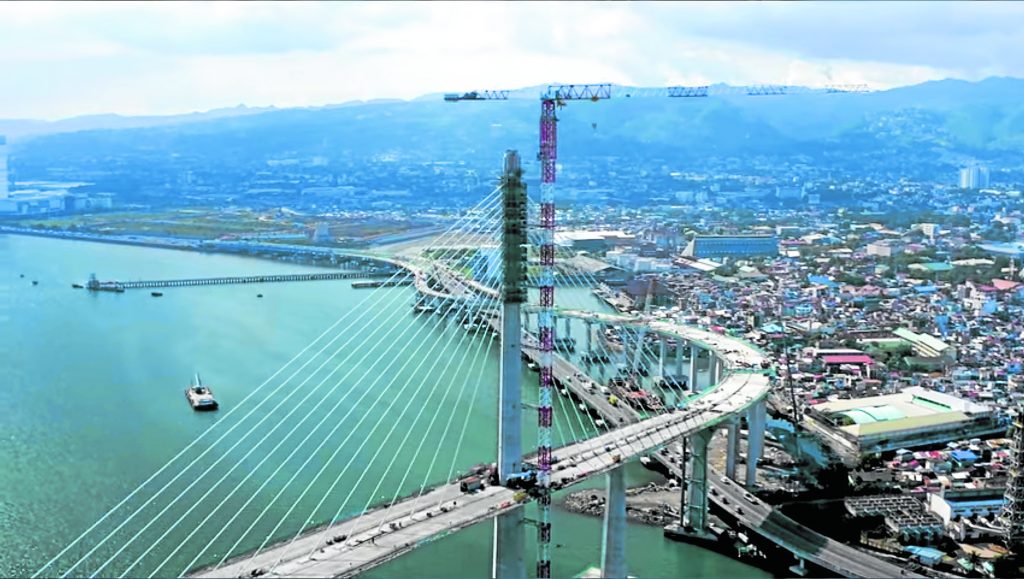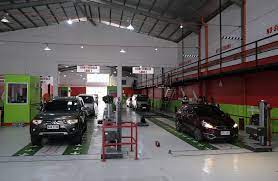As we close 2021, one of the longest, toughest and most difficult years in recent times, we look with hope towards 2022, with a promise to a fresh start, bearing in mind lessons from the previous years and hoping to make things better, brighter and more hassle-free for everyone.
But even with the best of intentions, we still need concrete action plans and goals to truly make meaningful positive changes for 2022.
We take a look at some of the things we hope for in 2022:
1.) Less traffic. Prior to the pandemic, traffic was really crippling our economy as it was one of the single-biggest bottlenecks for the private sector. Bad roads, weak traffic rules and regulations coupled with questionable and subjective implementations along with vague interpretation for various government enforcement agencies create mayhem, confusion and avenues for corruption. If things remain unchanged, motorists will have a gruelling time ahead as quarantine measures loosen and the workforce starts moving again.
2.) Improved accessibility. For all future infra-structure projects and on-going improvements of existing infra, both the government and PPP stake-holders must focus on providing and improving access for bicyclists and pedestrians to allow a true alternative to driving on four-wheeled motorized vehicles. By making roads safer for them, people will be encouraged to walk or ride a bicycle to work especially if the distance is short, which will in the long-term cause a systemic change in the Filipino’s attitude to travel short distances. The problem with our current road network is that it isn’t human-friendly as all access points require you to use a motorized vehicle to traverse the city safely. Today’s current standards for what passes as a bike-lane and pedestrian sidewalks are simply unacceptable and unsafe for both pedestrians / bicyclists and motorists alike. Add in illegal structures, illegally parked cars and uneducated motorists who are negligent of bicycle lanes and sidewalks and the situation becomes further unsafe for everyone.

3.) More infra projects to ease traffic. The Skyway Stage 3 and NLEX-SLEX Connector road projects were massive steps in alleviating traffic. Though cost is considerable especially for those who need to traverse the route daily, it is a positive step in the right direction. The country needs more of these infrastructure projects to cope with current traffic levels. These are medium-term improvements. But the critical infrastructure projects are the ones that will decentralize Metro Manila and spread growth and development in cities outside the capital, decongesting the city, bringing investment to other key areas of the country and improving the overall quality of life for Filipinos not just in the capital or key cities, but in as many places as possible in the country. Key to this are mass rail transit projects and more expressways to connect Metro Manila to other parts of the country quickly and effortlessly. Examples include the Pasig River Expressway which will help revitalize the Province of Rizal that has lagged far behind its neighboring provinces in the CALABARZON Region, and the New Manila International Airport Project in Bulacan, with it’s massive P736 billion budget and allied developments (a mass rail transit, a toll-road highway leading to the airport, housing projects for displaced people and dredging of the nearby coastal area) will also give the local economy a huge investment for the long-term and crucially generate thousands of new jobs.
4.) Greater safety standards for vehicles, especially PUVs and HGVs. We see many gruesome accidents more often now, as social media has allowed viral videos to spread and we have the unfortunate propensity to share very graphic videos which highlight much carnage and destruction. Unfortunately, both the government and private party stakeholders seem intent to focus on private passenger cars rather than public utility vehicles such as buses, jeepneys and other heavy-grade commercial vehicles such as multi-axle delivery trucks and vans. It is ironic because many of these gruesome accidents are caused by the aforementioned vehicles (especially trucks and buses) with the consistent claim that the breaks of their vehicles suddenly failed or any other mechanical malady. While the government wants to create a safety-conscious motoring mindset, it has to start strictly enforcing safety standards on vehicles that are most likely to cause accidents and have the biggest potential to create the most mayhem and chaos, rather than just focusing on private passenger cars.
5.) Streamlined and consistent renewals for driver’s license and car registrations. If there is one area known for consistent confusion which leads to corruption, it is the driver’s license and car registration renewal procedure at the Land Transportation Office. Fixers abound, and each district office seems to have their own standards on the motor vehicle inspection qualifications and even testing procedure. A simpler, streamlined system for renewal of driver’s license and vehicle registrations that is consistent and easy to understand should be strictly implemented nationwide by the LTO. Just as the private renewal centers for driver’s license is a good step forward, we need something similar for vehicle registration renewals. On a sidenote, the government, through the DOTR, Congress and stake-holders in the aftermarket industry should form a technical working group to create safety standards for modified vehicles that will be acceptable for public road use. Without dialogue and key technical knowledge plus understanding of both the sport and safety regulations that are affected by modifying your vehicles, any motion to create a ‘standard’ of road worthy modified vehicles will be for naught. An understanding of the technical aspects of the industry is critical. We have international standards to guide us from countries like Australia, the UK, the United States, Japan and Germany to guide us in promulgating standards on acceptable vehicle modifications.












